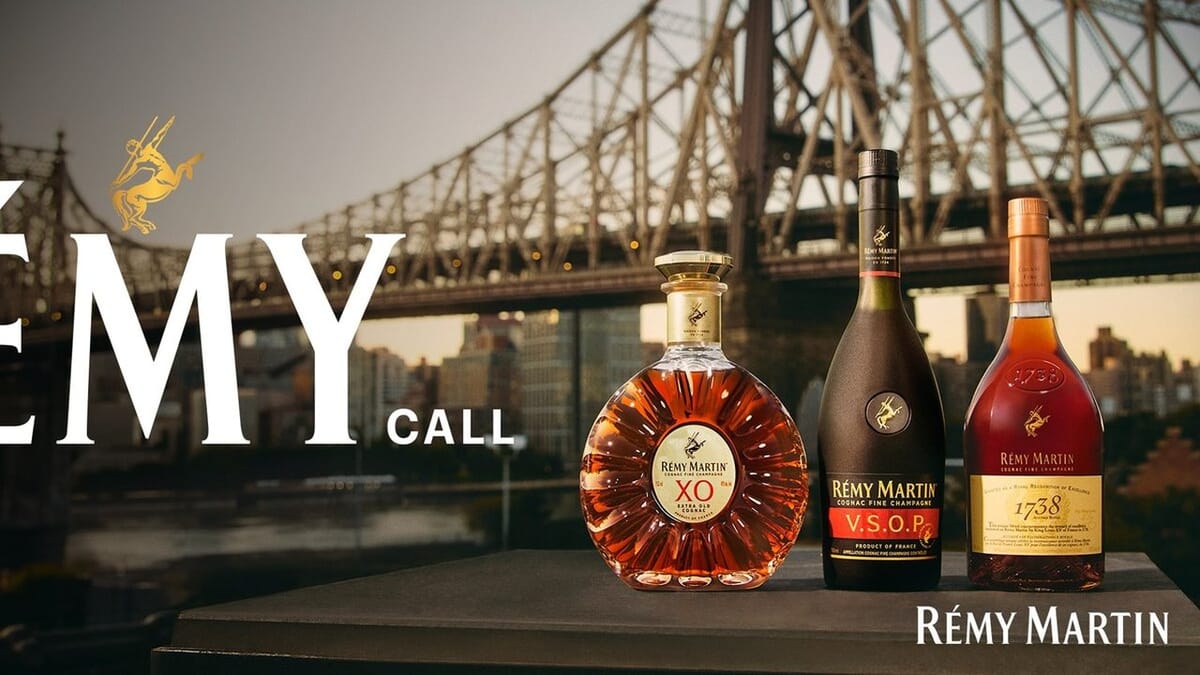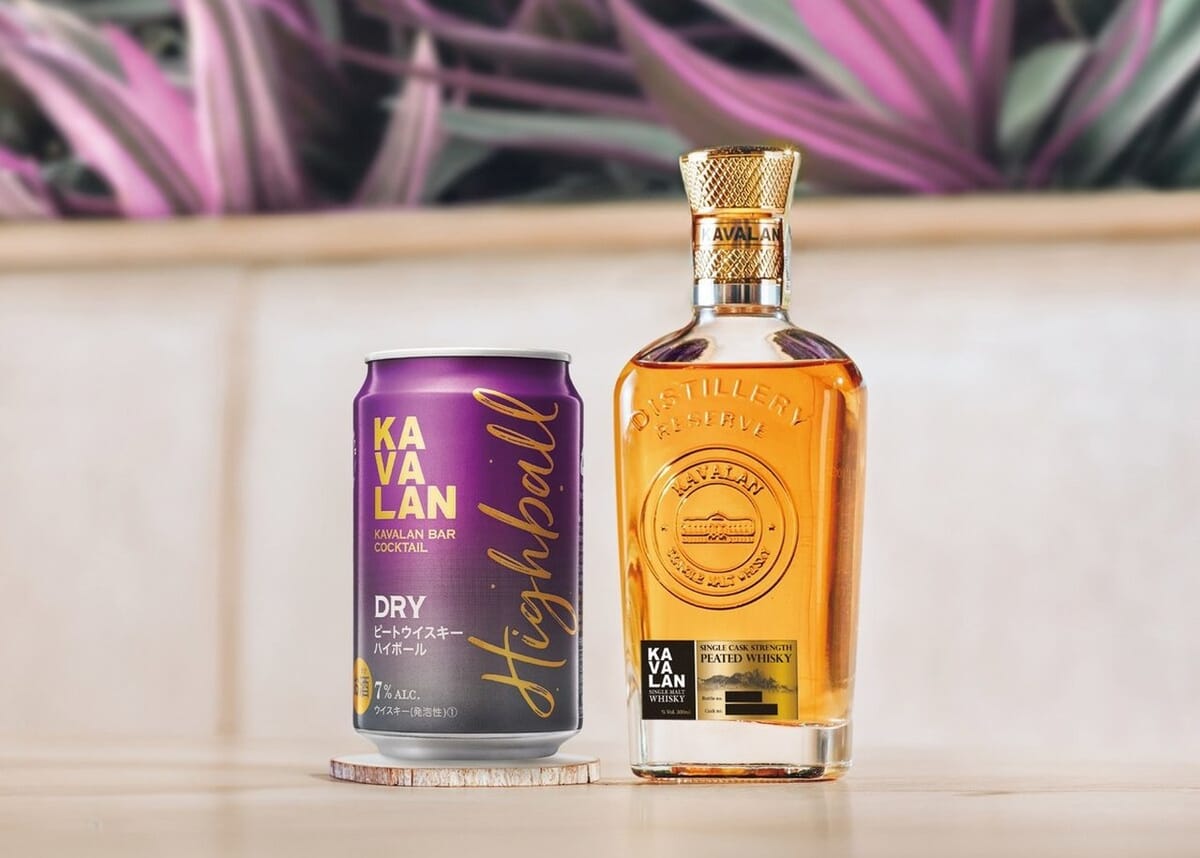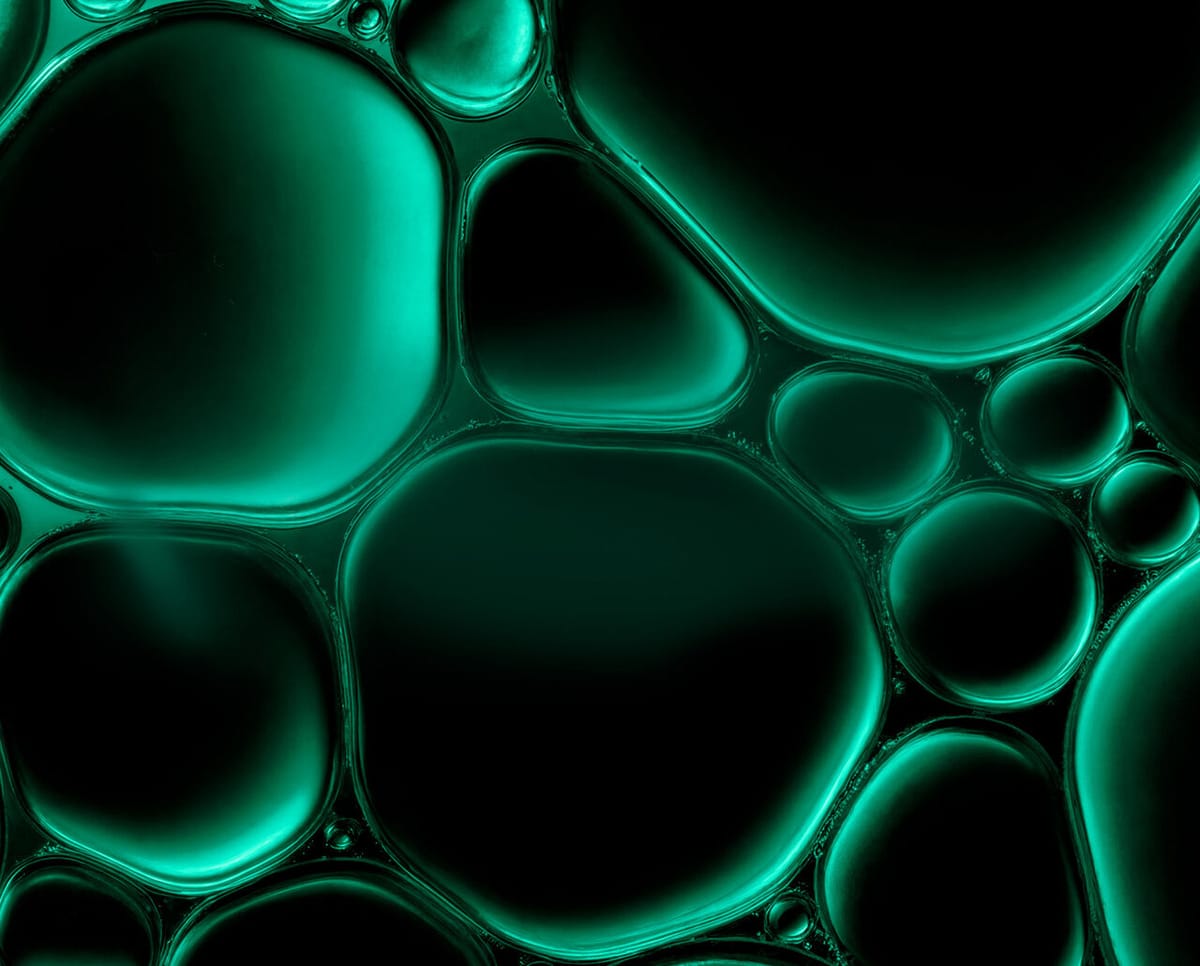Kevin Rigault and the Sense of Taste at Bar Les Ambassadeurs, Hôtel de Crillon
Les Ambassadeurs is one of the few palace bars favored by cocktail enthusiasts. Director Kevin Rigault reveals how he created his seasonally-inspired menu, looks back on his career, and offers a nuanced perspective on the Parisian scene.
A menu focused on seasonality to showcase an ingredient
A Sense of Place is the motto of the Rosewood group, which means giving our guests a local experience.
From the bar’s perspective, we wanted to focus on the theme of the seasons starting from a single element, meaning showcasing ingredients at their peak, which inspired the concept: A Sense of Taste.
The creative process works as follows: first, we select the ingredient, the central theme. We check its availability throughout the season to ensure there’s no micro-seasonality that could complicate things. Once the list is finalized, the bartenders on the team pick which items they want to work with, then decide on the type of cocktail. Finally, we determine which spirit seems best suited to the overall profile and draw up the first draft recipes.
After validating this step, we begin initial trials and gather feedback. Of course, some recipes had trouble finding a successful outcome, like Lemon Thyme, for example. And, surprisingly enough, those actually turned out to be – in my view – among the most successful on the new menu.



We haven’t worked on all seasons yet, but it seems summer will be the easiest—thanks to the abundance of fruit available—though I personally prefer autumn with its figs, mushrooms, walnuts, which offer more complex and even oxidative notes.
That said, the season doesn’t necessarily influence the types of cocktails on the menu. Our team strives to present the same number and style of cocktails on each menu: long drinks, short drinks, with Manhattan-style bases, Old Fashioned-style bases, etc. The same goes for alcohol strength: we’re not inclined to favor low ABV in summer versus winter. We only offer one drink in this category—this season, the Tomato—plus four non-alcoholic versions.
The bar has its own suppliers, independent from the hotel’s restaurant. As for our ice, we use the services of The Nice Company (Editor’s note: the bar Les Ambassadeurs was the company’s first client).






A thematic menu for a true palace experience
For a palace bar, it seems important to offer a thematic menu. In fact, we’re not an everyday bar, so we need to create an experience for our guests, and the menu is part of that ambition.
The physical presentation also matters, and we used a design approach leveraging artificial intelligence to create an abstract image representing each cocktail’s flavors.
Nevertheless, strictly speaking, I’m not convinced a themed menu is critical for a bar that isn’t a palace. Some bars do an excellent job with daily rotating menus, such as my favorite bar: Satan’s Whiskers in London.
However, having a main thread or direction seems essential, especially for branding and consistency.
Overall, half of the bar’s sales come from cocktails, the majority of which are our creations. Still, within the team, we have a solid knowledge of classic cocktails—that’s part of our signature. Even on our creations menu, we like referencing classics. When offering recipes that are slightly less conventional, it gives guests a familiar reference point rather than a list of ingredients that might intimidate.
In that regard, it’s interesting to compare how Americans—who often favor spirit-forward drinks (like Manhattan or Martini)—differ from Parisians, who tend to lean more towards bitterness (various Spritzes or Negronis).


A still-improving palace bar scene in Paris
I believe we’re all somewhat behind compared to what’s happening abroad. I’m not familiar with how every establishment operates—and this is just my humble opinion—but it seems to me that Parisian palace bars haven’t fully understood the importance of a complete Bar Program.
Maybe it’s just less part of our culture: people here are less inclined to go to hotels for drinks, so it might not seem worth investing in establishments’ Bar Programs.
For that to change, maybe we need more people coming from abroad, drawing inspiration from what’s happening elsewhere, and giving bars more power, similar to how it’s done with the kitchen.
Additionally, the Parisian scene is still quite expensive and not very accessible. It’s true it would be hard to position ourselves as the most affordable palace: consumers would likely think this compromises quality.
At the Crillon, I’m lucky to have a General Manager who completely trusts us. For instance, I get to choose the spirits, which gives us much more flexibility in creating cocktails.
By comparison, in London, it’s very much part of the culture to go drinking at a hotel, and it remains accessible. Prices are rising due to inflation, of course, but that’s also happening in street bars.
Besides the cultural factor, London hotels generally give more influence to the overall Beverage Program, because they’ve understood the formula for operating bars that stand out.
The city has a high concentration of hotels, so to differentiate themselves, having Beverage Programs as strong as the Food Program is vital. One doesn’t overshadow the other, and you can excel in both.
When you think about it, The Savoy in the 2010s, with Erik Lorincz, was really something! I still find inspiration in hotel bars when I travel there.

Career path and role as bar director
My discovery of the cocktail bar world—ten years ago—was purely by chance. After high school, I needed to work a bit, so I started in food service, but the bar was the only area that really excited me at the time.
I went abroad for training and began my career in pubs. Always wanting to improve, I gained experiences that led me to Andy Walhoo, where I learned a great deal of what I know today.
Later, I spent two years in London, where I had the chance to help open Swift and also work for Tom Aske and Tristan Stephenson at Black Rock—a whisky bar—as well as at London Edition, a hotel bar.
When I returned to Paris, I first worked at Forum, before taking part in the opening of Soho House. That last experience, because of its extensive scope, taught me a lot about meticulous operational management.
Today, as the director of Les Ambassadeurs, I’m responsible for the entire operation, including administrative tasks, while a head bartender focuses more directly on creative aspects.
Our head bartender, Arnaud Volte, arrived at the end of August or early September and was therefore far more involved in this spring menu than in the previous one—which I’d helped shape more directly.
I’ve been at the Crillon for a year and a half, and while there were initially some gaps, the team has now been complete for over a year. That’s a real achievement. Good working conditions here are a big plus. What motivates and drives me in my managerial role is guiding people’s development—helping the team members grow.


Les Ambassadeurs, Hôtel de Crillon
10, Place de la Concorde; 75008 Paris
Open daily from 5 p.m. to 1 a.m.

Menu - A Sense Of Taste - Spring Harvest
Excerpts



















